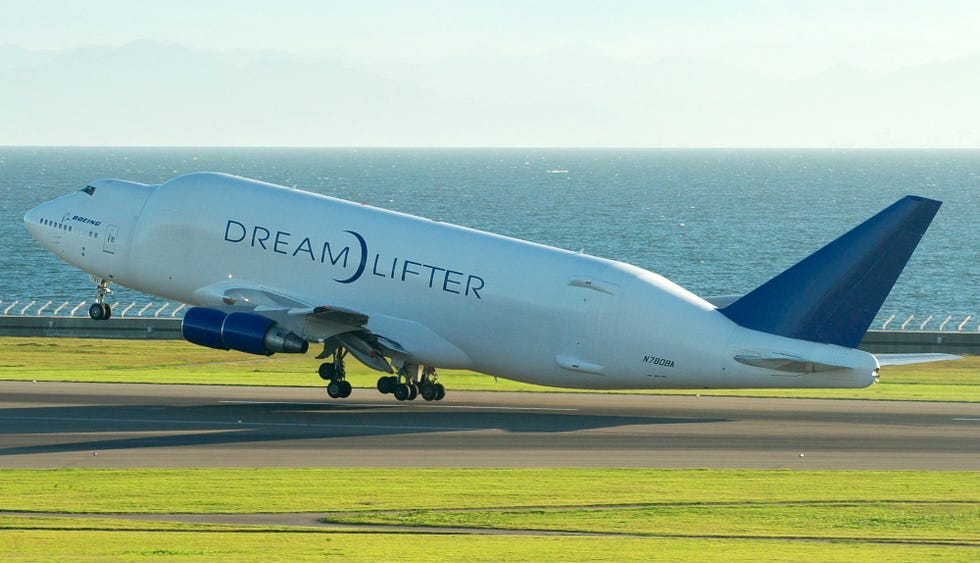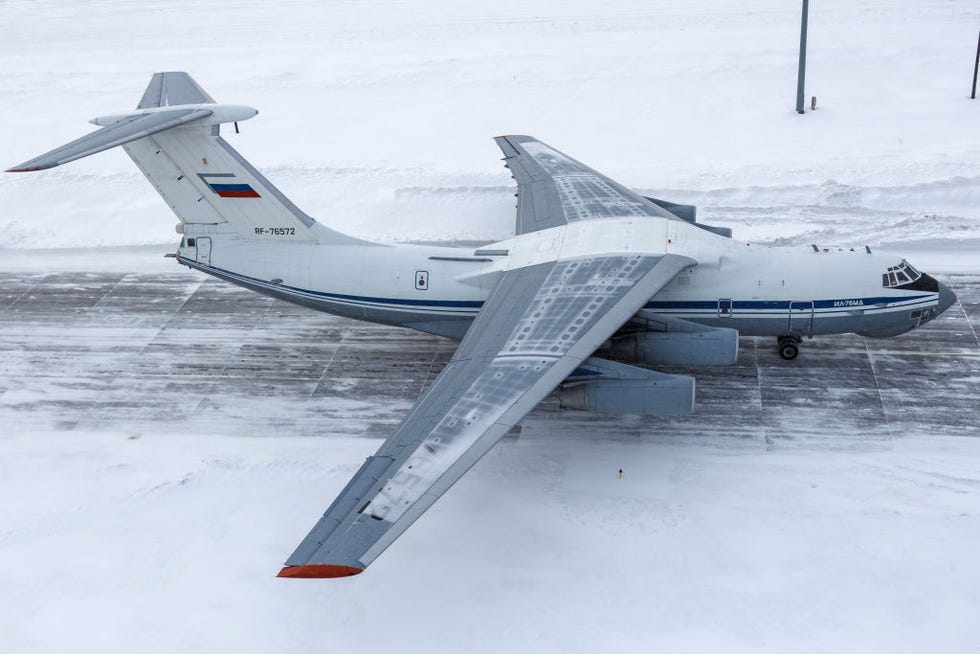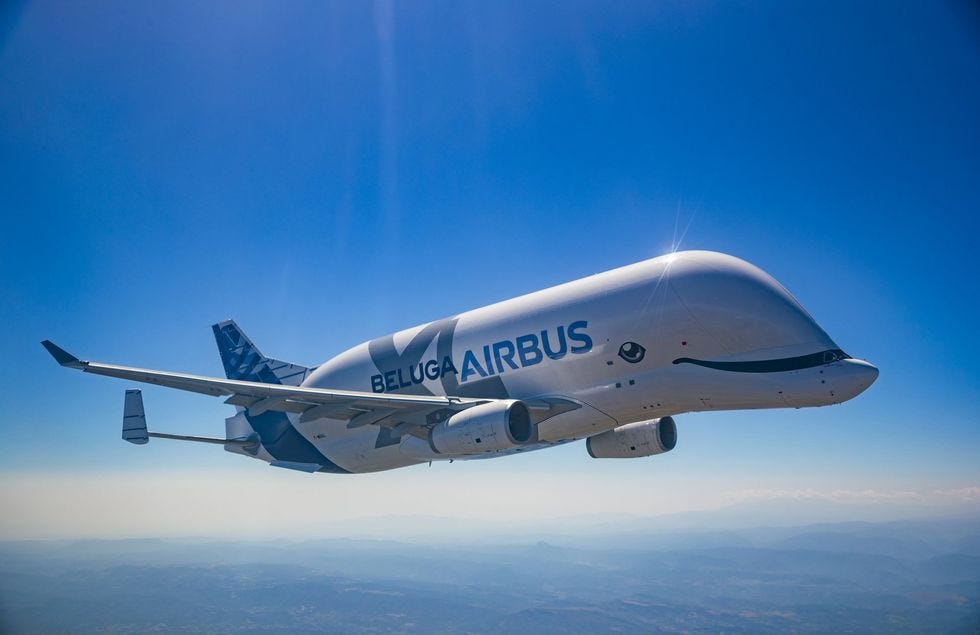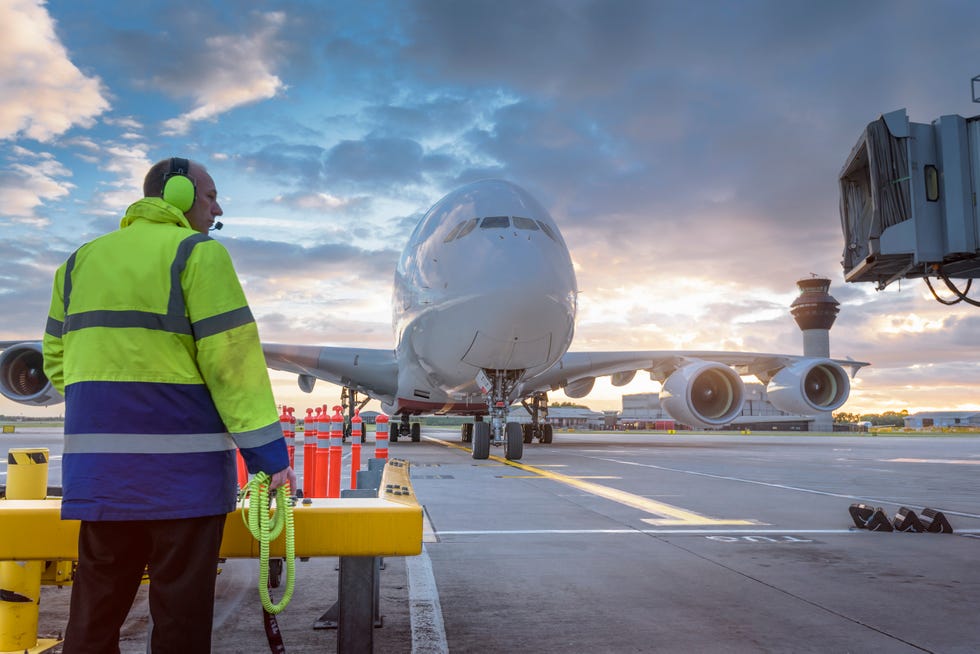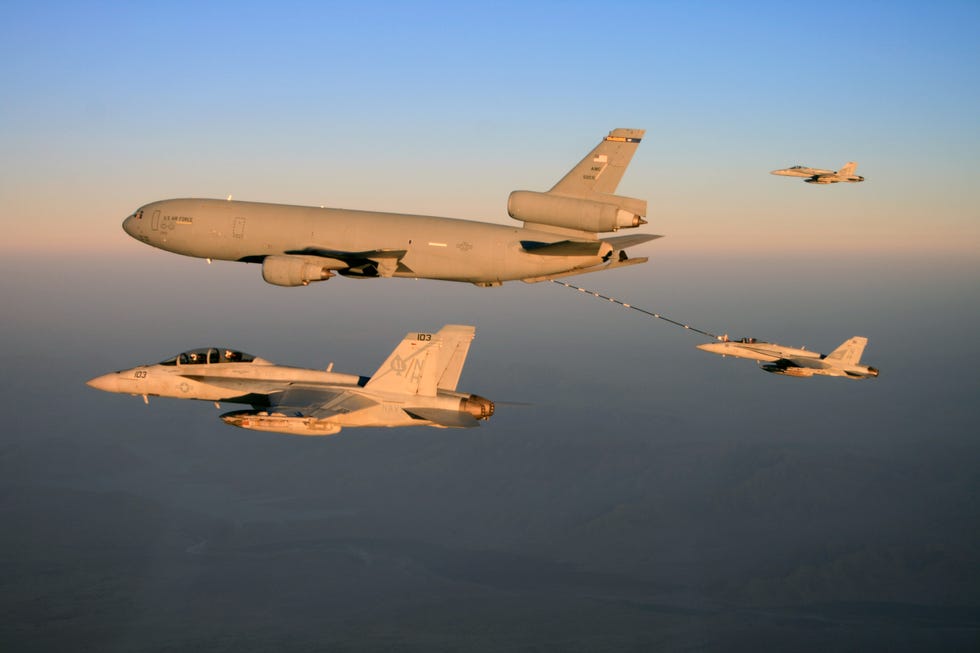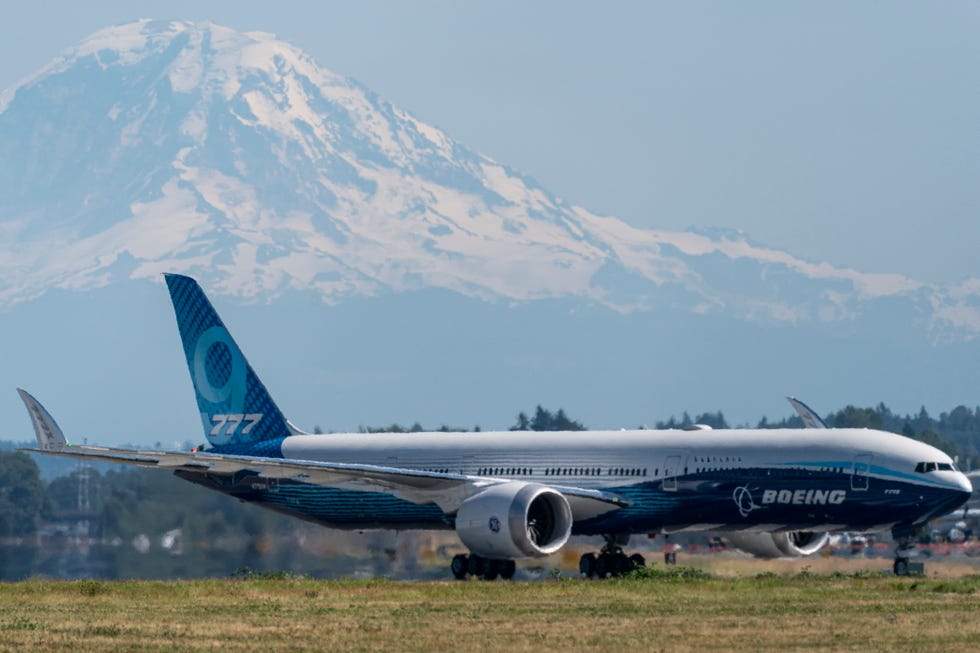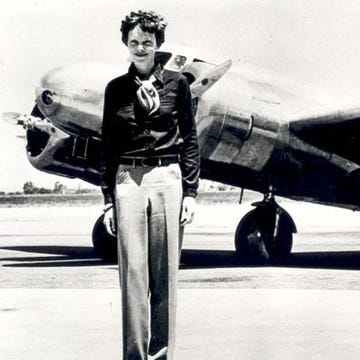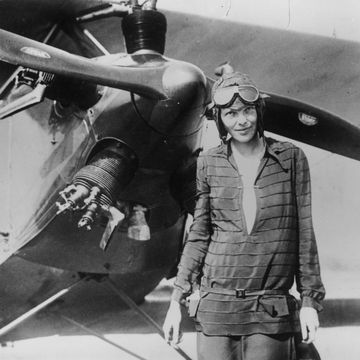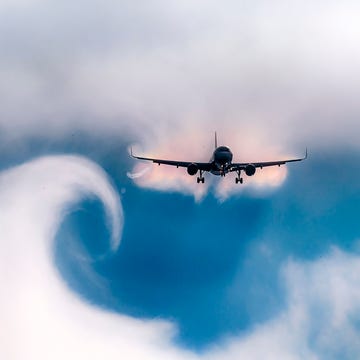The 13 Biggest Planes in the World Are True Feats of Engineering
With wingspans longer than football fields, and payload capacities that can support blue whales, it’s amazing these big boys can even get off the ground.
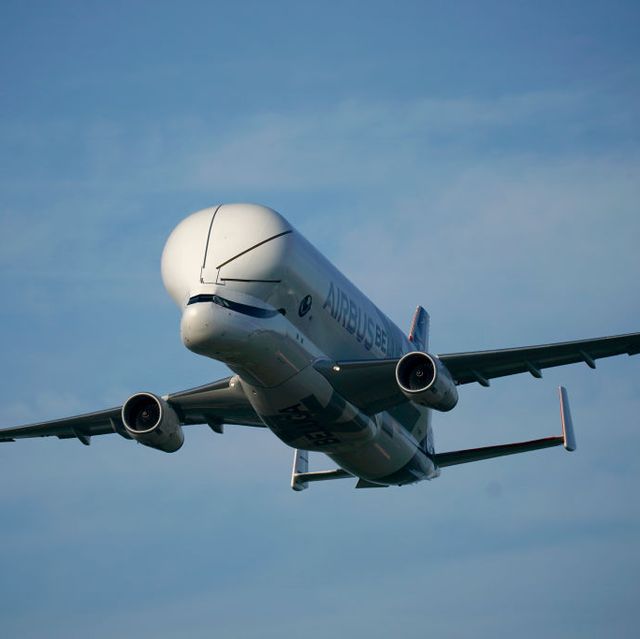
The marvel of flight never ceases to amaze, and the spectacle is that much more unbelievable when the aircraft are longer than Olympic swimming pools, heavier than the world’s biggest tanks, and taller than five-story buildings. From NASA’s go-to Super Guppy to the enormous 747 Dreamlifter, we’ve compiled a list (in no particular order) of the biggest planes in the world that are flying today.
✅ More From Popular Mechanics:
-How Cheap Drones Replaced Fighter Jets in the Battle for Ukraine’s Skies
-Why the F-105 Thunderchief Is Such a Badass Plane
-Why the B-2 Bomber Is Such a Badass Plane

Jay Bennett is the associate editor of PopularMechanics.com. He has also written for Smithsonian, Popular Science and Outside Magazine.
Jennifer Leman is a science journalist and senior features editor at Popular Mechanics, Runner's World, and Bicycling. A graduate of the Science Communication Program at UC Santa Cruz, her work has appeared in The Atlantic, Scientific American, Science News and Nature. Her favorite stories illuminate Earth's many wonders and hazards.
Watch Next
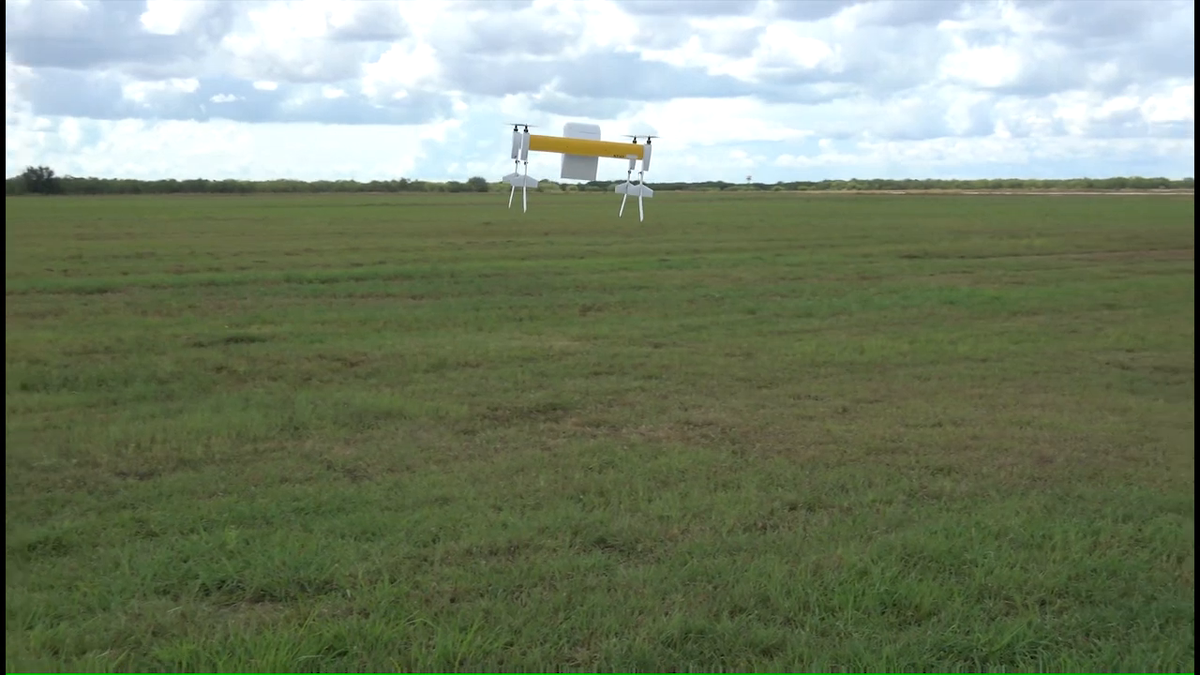

Pop Mech Pro

7 Solid Reasons to Actually Believe in Aliens

The Fortress For the World’s Ancient Manuscripts

A Fifth Ocean May Be Forming, Scientists Say


